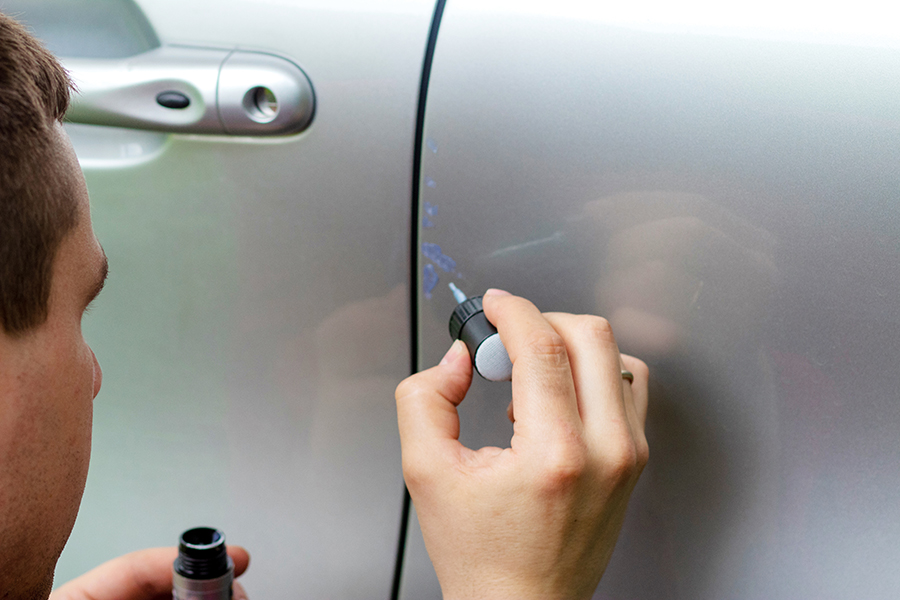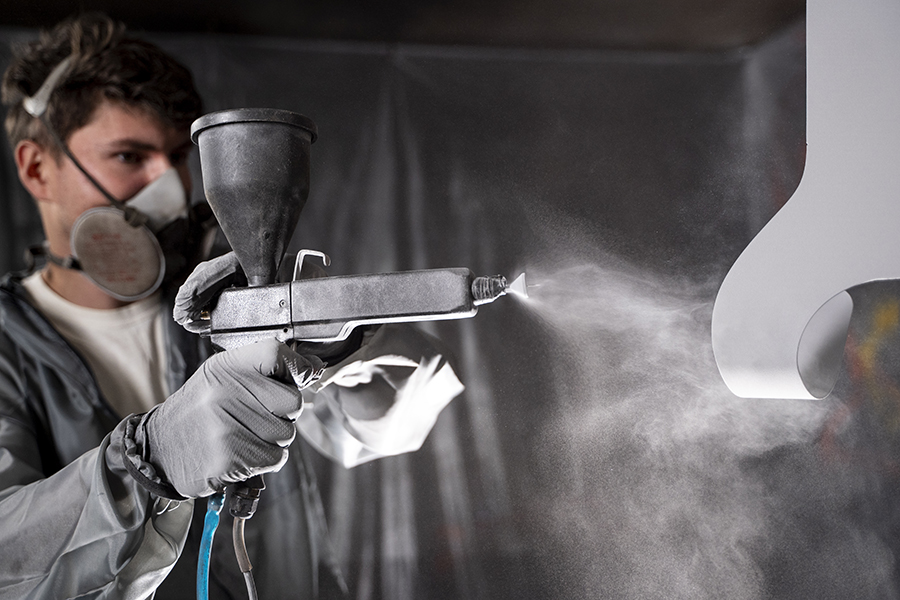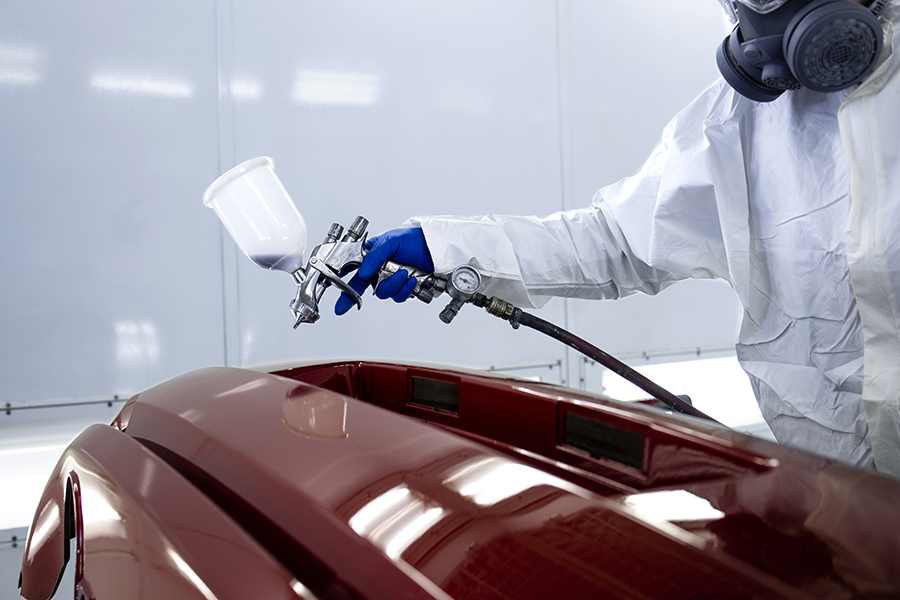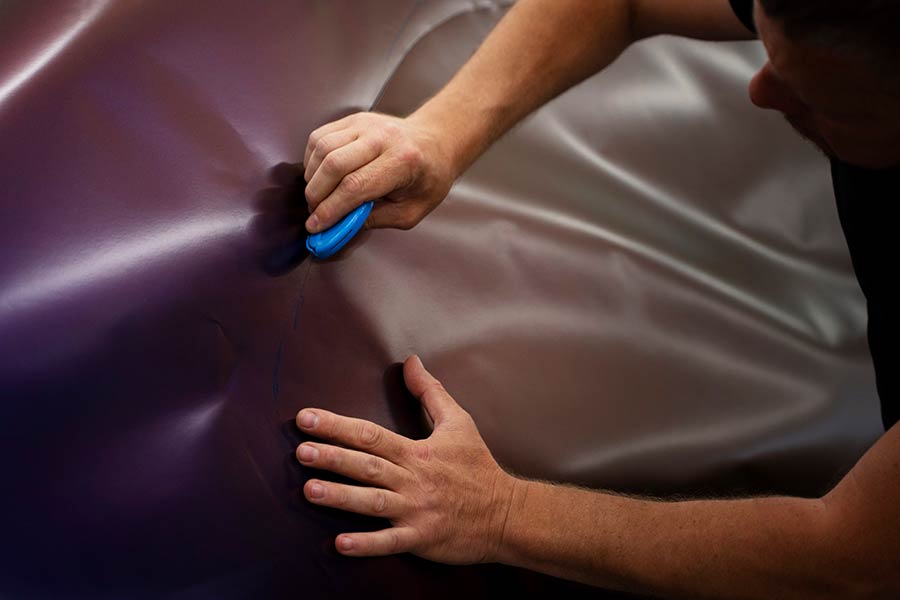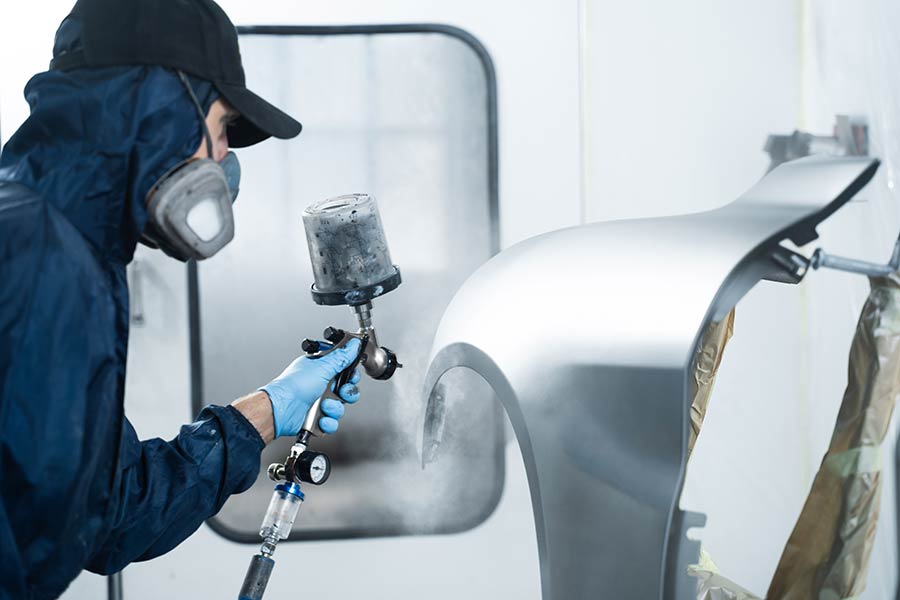Car paint chips can be a real eyesore. They make your ride look shabby and uncared for. But don't worry, fixing them isn't rocket science. With a little know-how, you can make your car shine like new again. It's like giving your car a fresh coat of armor against the elements. We'll dive into the basics of car paint chip repair, sharing tips and tricks to get it right. Whether you're a DIY enthusiast or just want to save some bucks, this guide is for you. Let's roll up our sleeves and get started!
Key Takeaways
- Identify Paint Chips: Look for small, damaged spots on your car's paint.
- Gather Tools: Get a repair kit, sandpaper, and a clean cloth before starting.
- Follow Repair Steps: Clean the area, sand it lightly, apply paint, and let it dry.
- Use Clear Coat: Add a clear coat for a smooth and shiny finish.
- Practice Patience: Take your time to avoid mistakes and ensure quality results.
- Consider Alternatives: Explore professional repair if DIY feels too complex.
Understanding Paint Chips
Causes of Paint Chips
Paint chips often occur due to road debris like small rocks. These hit the car while driving. Weather conditions also play a role. Hail or heavy rain can cause damage. Parking lots are another common place for paint chips. Accidents and door dings happen frequently here. Improper washing techniques may lead to chips too. Using rough brushes or sponges can scratch the surface.
Effects on Car Value
Paint chips can lower a car's resale value. Buyers might see them as signs of neglect. They may think the car wasn't well cared for. Visible damage can deter potential buyers. A car with many chips looks less appealing. Buyers prefer cars that look well-maintained.
Identifying Severity Levels
It's important to know how severe a paint chip is. Minor chips only affect the top paint layer. They don't expose the metal underneath. Major chips are more serious. They might show bare metal, risking rust. If unsure, a professional assessment could help. Experts can tell if repairs are needed.
Preparing for Repair
Gather Necessary Tools
To fix car paint chips, you need the right tools. You'll need sandpaper to smooth out rough edges. A primer helps the paint stick better. Get touch-up paint that matches your car's color. Use a microfiber cloth to clean without scratching. Masking tape protects areas you don't want painted. Find a clean, dust-free workspace to work in.
Clean the Damaged Area
Cleaning is very important before starting. Dirt and debris can cause problems later. Use a gentle cleanser to avoid more damage. Make sure to get rid of all the dirt. The area should be completely dry before you start fixing it.
Assess the Repair Needs
Look at the chip closely. Decide if you need just a touch-up or a full repaint. Think about how big and deep the chip is. Small chips might be easy to fix yourself. Bigger ones may need professional help. It's important to know what you're dealing with before beginning.
Step-by-Step Repair Process
Apply Primer
Primer is essential for good paint adhesion. It helps the new paint stick to the car. Apply primer evenly to cover all the exposed metal. This makes sure no spots are left unprotected. Wait for the primer to dry completely. This can take several hours, so be patient.
Use Touch-Up Paint
Find a touch-up paint that matches your car's original color. You can check the car's manual or contact the dealer for this info. Use thin layers of paint to avoid drips. Thick layers can look messy and uneven. A fine brush works best for small areas. It lets you be precise and neat with your work.
Seal with Clear Coat
The clear coat protects your repair job. It keeps the paint from fading or chipping again soon. Apply it evenly over the painted area to blend with the existing paint. Make sure there are no bubbles or streaks. Let it dry thoroughly for long-lasting results.
Tips for Best Results
Choose Quality Products
Always select high-quality paints and primers. These products ensure durability. Cheap options might not match your car's color. They may also fade or peel quickly. Research brands known for their automotive paint quality. Look for reviews and recommendations. A good product makes a big difference.
Follow Manufacturer Guidelines
Read the instructions on each product carefully. Manufacturers provide specific guidelines for a reason. Understand the drying times needed. Each product has unique application techniques. Avoid taking shortcuts during the repair process. Shortcuts can lead to poor results or damage.
Practice Patience and Precision
Take your time with each step of the repair. Rushing can cause mistakes, like uneven finishes or bubbles. Focus on detail to achieve a seamless repair. Patience ensures better outcomes. Precision helps in blending the new paint with the old one.
Explore Related Solutions
Professional Repair Options
Auto body shops offer many services for car paint chip repair. They use special tools and paints to fix chips. This makes the car look new again. Professional repairs can be costly. However, they often provide better results than DIY kits. Many shops offer warranties for their work. This gives peace of mind if problems arise later.
Prevent Future Damage
Protecting your car helps avoid future chips. Car covers shield the paint from debris and weather. Parking in safer areas reduces the risk of chips from other cars or falling objects. Regular washing keeps dirt from scratching the paint. Waxing adds a protective layer, maintaining paint integrity.
Maintain Car Appearance
Regular cleaning and waxing keep your car looking nice. Inspect your car often for new chips. Fix them quickly to prevent further damage. Keeping the car in a garage or covered area protects it from elements like sun and rain. This helps maintain its appearance over time.
Closing Thoughts
You've got the lowdown on fixing those pesky paint chips. It's not rocket science, but a little elbow grease goes a long way. Now, your ride can look as fresh as a daisy again. Remember, patience is key. You’ve got the tools and tips—now it's time to roll up your sleeves and dive in.
Don't just stop here. Take what you've learned and explore more ways to keep your car looking sharp. Got friends with chipped paint? Share the love and pass this guide along. Ready to make that car shine? Go on, give it a whirl! Your car deserves it, and so do you.
Frequently Asked Questions
What causes car paint chips?
Paint chips often happen due to rocks or debris hitting your car. Think of it like tiny, high-speed pebbles chipping away at the surface. Weather conditions and minor accidents can also leave your paint looking less than perfect.
Can I fix paint chips myself?
Absolutely! DIY repair kits are available. It's like baking a cake: gather your ingredients (or tools), follow the steps, and voilà! Just ensure you have the right color match and follow instructions carefully.
How do I prepare my car for paint chip repair?
Start by cleaning the area thoroughly. You wouldn't want to paint over dirt, right? Use soap and water, then dry it off. This gives you a clean canvas to work on.
What tools do I need for repairing paint chips?
You'll need touch-up paint, a fine brush, sandpaper, and clear coat. Think of these as your artist's palette and brushes. Each tool plays a crucial role in restoring your car's beauty.
How long does it take to repair paint chips?
It can take a couple of hours, depending on the number of chips. It's like making dinner; some dishes take longer than others. Patience is key for the best results.
Will repaired paint chips be noticeable?
If done correctly, they should blend in well. It's like patching a hole in your favorite sweater—when done right, no one will notice! Take your time for a seamless finish.
Are there other solutions if DIY isn't for me?
Yes! Professional services are available. Think of it as hiring a chef when you don't feel like cooking. They handle everything, ensuring a flawless finish without any hassle on your part.
